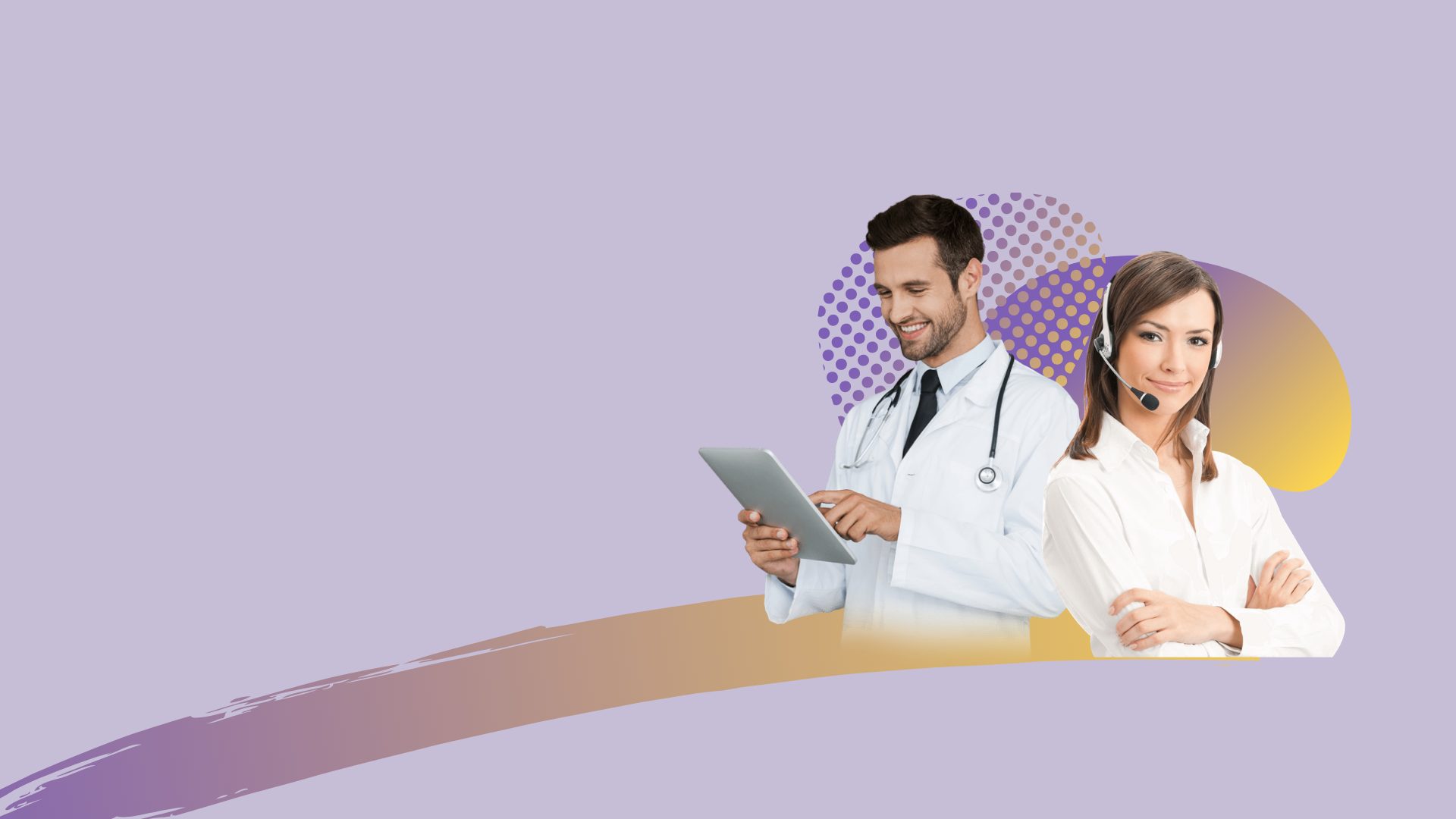The pace of ongoing and planned modernizations in healthcare organizations has been significantly accelerated. This process could have taken years, but potentially decade-long digitization made a considerable leap forward. With tech transformation happening so quickly, there was no longer time to wait and see or scale incrementally. With that said, there’s nothing surprising in fact, how extensively software has leveraged in healthcare. We’ll have a closer look at examples of the most widespread medical software developed and used by health providers.
The most commonly used types of healthcare software
1. Electronic health record (EHR) software
EHR software improves medical care while delivering a more personal experience with patients. It is usually used for collecting, managing and storing chronologically-ordered patient information. Physicians are able to track daily tasks, including urgent & critical issues, schedule appointments, and support staff communications.
It is generally accepted to divide EHR software into two types:
- electronic patient record software (EPR) – a digital version of a patient’s paper chart. EPR helps physicians to manage patient data quickly & securely, and have access to personal medical information from anywhere.
- electronic medical record software (EMR) – a collection of medical data coupled with sending it to the patient’s pharmacy. It is also used for identifying medication types and dosage, drug requests & renewals.
EHR provides customizable healthcare plans, patient messaging and overall plays the role of automated workflow analyst.
2. E-prescribing software
E-prescribing is a convenient tool that allows providers in health institutions to send drug prescriptions electronically to the pharmacies. E-prescribing software increased access to patient prescription records, and improved pharmacy workflow. It helps patients to save money by alerting physicians of the suggested discontinuation of unnecessary high-cost medications.
3. Telemedicine software
Telemedicine as a whole is the practice of using digital technologies to link healthcare providers to their patients remotely. It is subdivided into:
- Real-time medicine, which includes online patient-doctor communication. An exam may be supplemented by any secure device, including different medical wearables. As with any health software, the key factor in succeeding is privacy.
- Remote patient monitoring, which became irreplaceable for lots of patients with chronic diseases. Physicians can receive alerts if any health indicators show declining conditions and take immediate actions if needed. It also includes healthcare apps used by patients who care about their health and well-being.
- Store-and-forward telemedicine allows patient data to be collected and then securely transferred to a secure cloud-based platform. Then it becomes available to health providers across the globe, representing evidence-based information that helps to make more accurate diagnoses and provide more thorough patient care.
Telemedicine market value is expected to reach an incredible $64 billion by the year 2025, and the sky’s the limit in this field.
4. Medical billing software
Medical billing software must be a HIPAA-compliant cloud storage system that is used to simplify complicated administrative and financial data transactions. It is usually integrated into the health provider’s EHR system and stores all business documents relevant to patient records. Patients can easily make secure payments for healthcare services, and file insurance claims at one time, in one place.
5. Medical research software
This type of software is best suited for educational and research purposes. It is created for the medical community to share profound and evidence-based cases. Medical research software is widely used in training medical personnel and getting additional information for precise diagnosis.
The above-mentioned categories of software are designed to improve the overall levels of medical services available to consumers around the world. As a response to the new patients’ needs, thousands of health institutions have had to quickly implement digital services to continue treating patients remotely. And the digital transformation will only continue to expand among healthcare providers due to high demand.
The patient-centered approach in developing software can not only influence the product’s success but also people’s lives. If you search for the right healthcare software for your practice, reach out to Smart IT’s team to discuss your software options and improve your practice and grow your business exponentially.
11 January 2022




